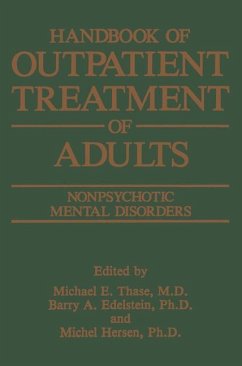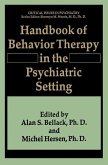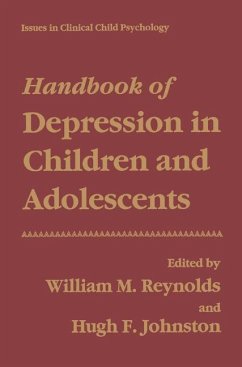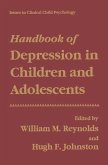During the past several decades, the field of mental health care has expanded greatly. This expansion has been based on greater recognition of the prevalence and treatability of mental disorders, as well as the availability of a variety of forms of effective treatment. Indeed, throughout this period, our field has witnessed the introduction and the wide spread application of specific pharmacological treatments, as well as the development, refinement, and more broadly based availability of behavioral, psychodynamic, and marital and family interventions. The community mental health center system has come into being, and increasing numbers of mental health practitioners from the fields of psychiatry, psychology, social work, nursing, and related professional disciplines have entered clinical practice. In concert with these developments, powerful sociopolitical and socioeconomic forces-including the deinstitutionalization movement of the late 1960s and early 1970s and the cost-containment responses of the 1980s, necessitated by the spiraling cost of health care-have shaped the greatest area of growth in the direction of outpatient services. This is particularly true of the initial assessment and treatment of nonpsychotic mental disorders, which now can often be managed in ambulatory-care settings. Thus, we decided that a handbook focusing on the outpatient treatment of mental disorders would be both timely and useful. When we first began outlining the contents of this book, the third edition of the American Psychiatric Association's Diagnostic and Statistical Manual of Mental Disor ders (DSM-III) was in its fourth year of use.
Bitte wählen Sie Ihr Anliegen aus.
Rechnungen
Retourenschein anfordern
Bestellstatus
Storno








